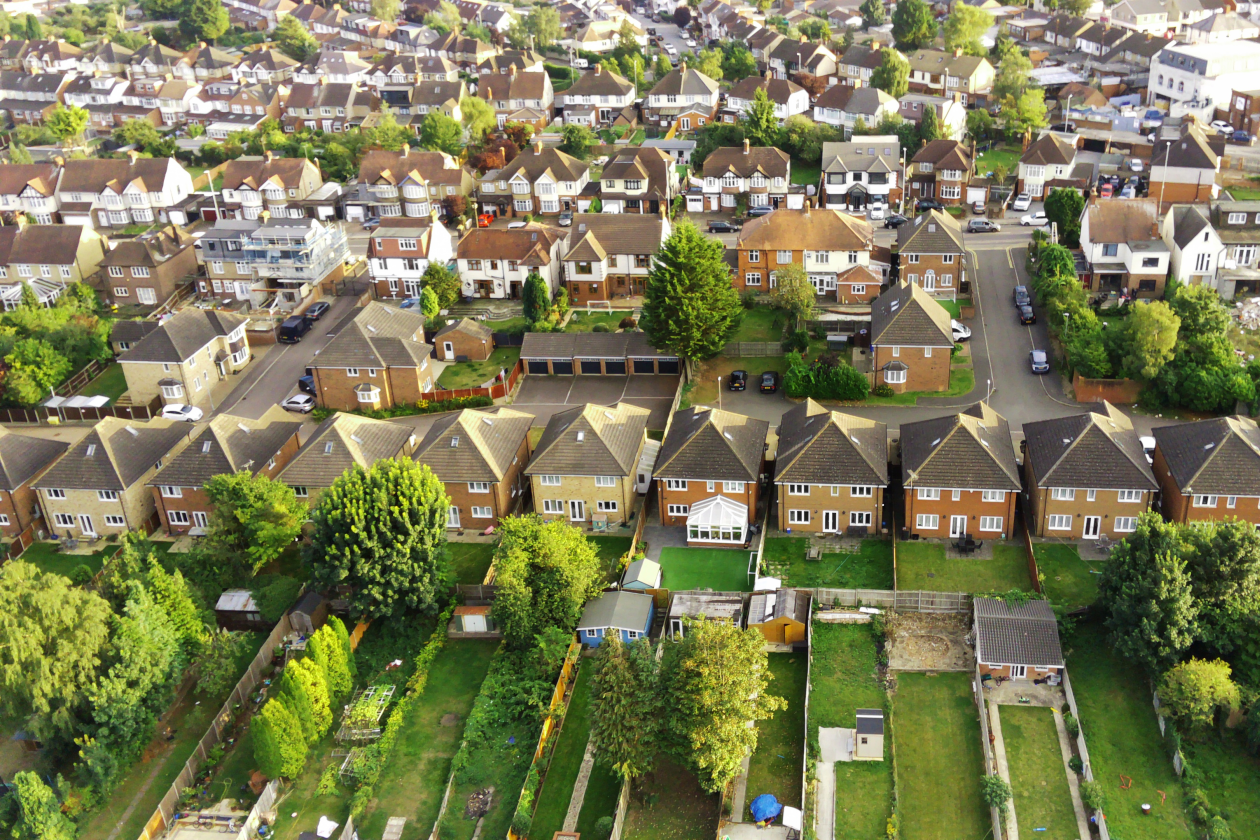House prices crept up in January, pushing them 4.1% higher over the year.
This was likely thanks to buyers pushing to clamber through the stamp duty holiday window before it slams shut at the end of March.
While January’s rise didn’t keep up with the powerful growth in December, house prices are still expected to grow over this year, potentially outpacing last year’s figures.
But with the average property now costing £268,213, close to its pandemic peak, the housing market is at real risk of becoming a victim of its own success.
Are houses becoming harder to afford?
There’s no doubt getting on the property ladder is becoming harder.
The house-price-to-earnings ratio hit 5.0 at the end of 2024, which is well above the long-run average of 3.9.
When you add in the fact that the average two-year fixed-rate mortgage has been stubbornly over 5.5%, potential buyers will be horribly stretched – paying higher interest rates on bigger debts.
The HL Savings & Resilience Barometer shows that owners in their late 30s are likely to face the biggest monthly challenges.
It’s no wonder that they might have to consider a much longer mortgage term to make the sums add up.
If they’re yet to remortgage recently, there will be more pain in store too, because those who’ve had to refinance face payments that are on average £158 higher.
Is it any easier for first-time house buyers?
The challenge for first timers is even more difficult.
That’s because they’re having to build an ever-growing deposit at a time when their rental costs have shot through the roof.
The HL Barometer shows the average renter has just £62 left at the end of the month, so they have to work incredibly hard to build a meaningful deposit.
This article isn’t personal advice. ISA and tax rules can change, and any benefits depend on your circumstances. If you're not sure what’s right for your circumstances, ask for financial advice.
What can you do to get on the property ladder quicker?
If you’re in this position, it’s worth talking to family, especially if they’re considering making gifts in order to deal with an inheritance tax threat.
In fact, Nationwide says that 40% of people get help of this kind.
You should also consider making the most of a Lifetime ISA.
How do Lifetime ISAs work?
A LISA offers a tax-efficient way to save or invest towards an eligible first home or later life. You can open a LISA between the age of 18 and 39 and pay in up to £4,000 every tax year. In return you’ll get a 25% bonus from the government. This means you could get up to £1,000 for each year you save.
You won’t pay UK income tax on any savings income within a Cash LISA. If you have a Stocks and Shares LISA you don’t need to worry about paying UK income tax on dividends, or capital gains tax either.
After 12 months from the first payment, you can use the money for a qualifying first-time home purchase (up to £450,000).
Once opened, you can also continue to pay into a LISA until you’re 50 and withdraw money from age 60. This means you could use it to generate a retirement income that’s free of UK income or capital gains tax.
Any withdrawals that aren’t a qualifying first home purchase or after age 60, are usually subject to a 25% penalty, meaning you could get back less than you put in.
A HL Lifetime ISA isn’t going to make the stretch to get onto the property ladder easy, but it should give you a leg up to make it decidedly more manageable.
Looking for investment ideas?
The government bonus helps boost your LISA pot, but you can help grow it even more by investing your money for the long term (that’s at least five years).
Remember though, unlike the security offered by cash, all investments fall as well as rise in value. So, if you choose to invest, you could get back less than you put in.


